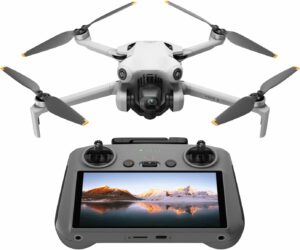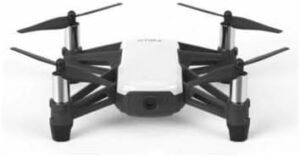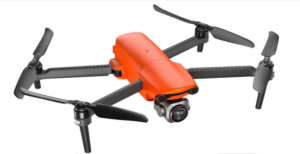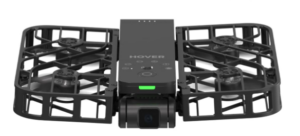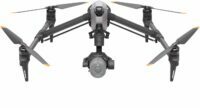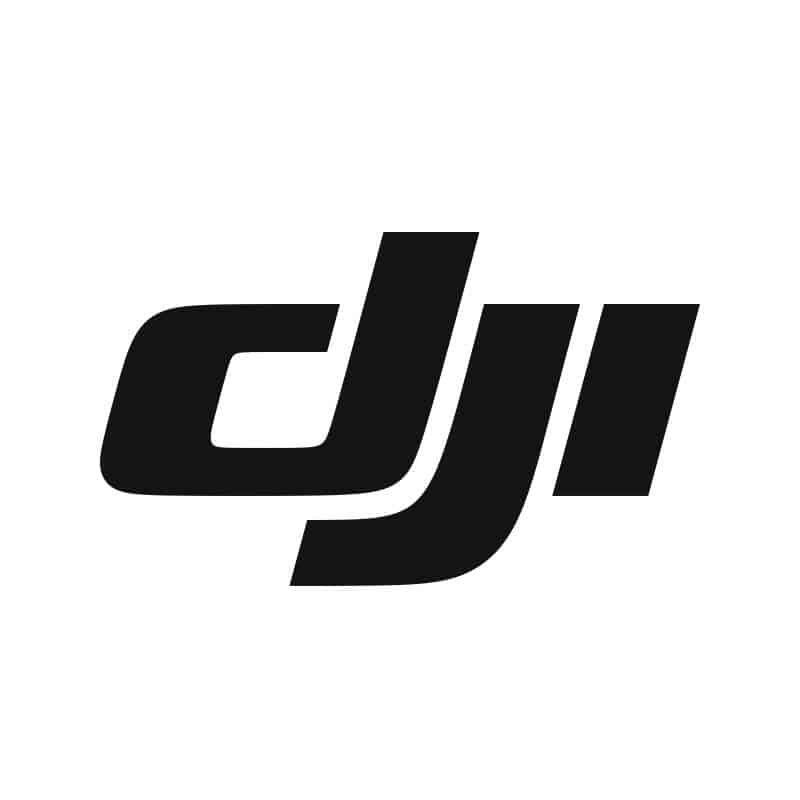Best Drone for Photography in 2025
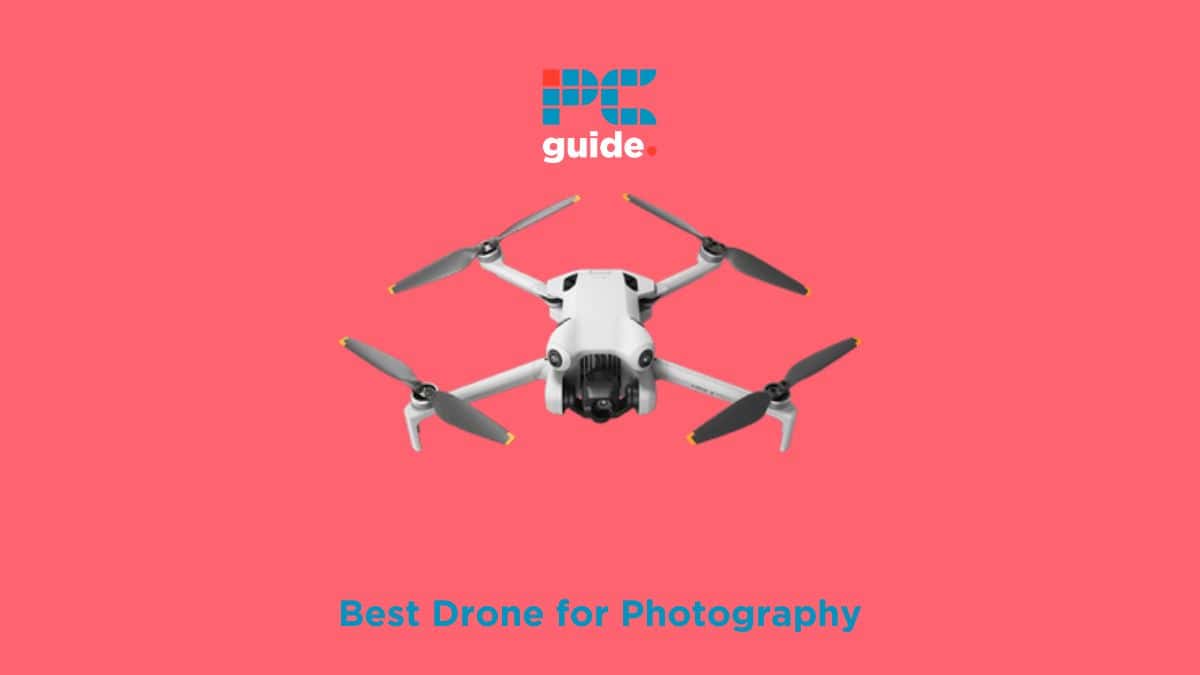
Table of Contents
Drones are a versatile addition to any photographer’s arsenal: allowing you to take your images to new heights – literally. Though it’s hard to concretely claim that one is the best drone for photography, there are a few standout products that are highly suited to the various aspects of drone photography.
We’ve compiled a list of five of the best drones for you today, accounting for different budgetary and photographic needs. So whether you’re a veteran photographer looking to capture even more stunning landscapes or a newcomer to both drones and photography as a medium, we’ve got you covered with an array of great aerial photography solutions!
Products at a Glance
How We Picked the Best Drone for Photography
Drones are a great asset to aerial photography, adding verticality and versatility to your potential shots that it would be impossible to get otherwise. To maximize this versatility, we prioritized drones that had great battery lives and ranges, to allow you to take the drone out for as long as you need. We also preferred drones with sturdy build quality and responsive controls, so that adjustments and reframing are quick and easy – and not disturbed by rogue gusts of wind.
Separately, we analysed the different cameras on each model. Though the metrics for measuring drone cameras have little overlap with full-fledged camera systems, there are some similarities. We gave preferential treatment to cameras with larger sensors and high resolutions for both photo and video.
Finally, we considered the various additional quality-of-life features a drone for photography has – ones that aren’t essential, but make operating the drone easier. These included auto-following movement, obstacle detection, and safe rotors.
We’ve settled on five products in today’s guide, each with their own respective merits, across a range of price points so as not to alienate first-time buyers. Though each of these is a sterling aerial photography solution, some have beneficial features over one another that we shall highlight.
Product Reviews
- Great still resolution
- Great range and speed
- Obstacle detection
- Poor battery life
DJI are a well-known brand in photography circles: producing everything from gimbals to action cameras – and of course: drones. The DJI Mini 4 Pro is their latest and greatest offering, and top our list as the best drone for photography thanks to its great design and quality features.
Boasting a 48MP-equivalent camera in a body that weighs less than 300g, the Mini 4 Pro is highly compact and lightweight. With digital zoom and a 60-degree tilting angle, you have stellar versatility in your aerial shots. The Mini 4 Pro has a range of 12.4 miles and a top speed of 25mph in standard conditions – meaning you can track fast-moving subjects across great distances. The drone also features an obstacle detection system, that allows the drone to sense possible collisions and avoid them, meaning you can place more trust in letting this drone roam free.
However, the major limiting factor of the Mini 4 Pro is its battery life: under the best conditions, it still only lasts around half an hour before needing a time-consuming recharge. It’s not enough to dissuade us from calling it the best drone for photography on the market – just remember to pack some spare batteries!
- Lightweight
- Smartphone control scheme
- Affordable
- Poorer photo/video quality
- Limited range
If you’d like DJI quality without paying DJI prices, then their Ryze Tello drone for photography is a great affordable option – boasting great features in an unassuming design. If you are looking for a beginner aerial photography solution, you could certainly do worse.
Weighing just 80g, you’ll practically forget you’re holding this compact and lightweight drone. Don’t mistake lightness for poor build quality, however, as the Ryze Tello can take some punishment thanks to a sturdy build designed to be child-friendly. For such a low price point, the Ryze Tello even manages to factor in smartphone compatibility, allowing you to both view the live camera feed and control the drone with ease.
That said, the budget-friendly nature of this drone does unfortunately affect the camera quality. At a 5MP equivalent sensor (or 720p for video), images aren’t as crisp or impressive as other higher-end models, which may sour the experience. Similarly, with a range of 100m, photographers looking for sweeping landscape shots may be disappointed. Still, as a budget drone for photography, the Ryze Tello still offers phenomenal value for money!
- Stellar photo and video quality
- Great range
- Adjustable aperture
- High price point
At the other end of the spectrum, the Autel EVO Lite+ is a high-end drone for photography that can truly accelerate your photography capabilities, and possibly even rival your camera. Powerful yet lightweight, this drone is an ideal choice for professional aerial photography and videography.
What sets the EVO Lite+ apart from the other best drones for photography is the sensor: implementing a 1″ Sony CMOS sensor for its 20MP camera means that images are bright and detailed – an equivalent to the DJI Mavic 3 Pro. The attached lens also has an adjustable aperture up to f/2.8, and a digital zoom for 16x magnification. Videographers won’t be disappointed either, with 6K oversampled footage at 30FPS and a mechanical gimbal to stabilize your shots. Factor all of this in with a 40-minute flight time and a 7.4-mile range, and the EVO Lite+ is a tremendous addition to your photo or video business.
That quality doesn’t come cheap, however: with a four-figure price tag, the EVO Lite+ is not one for hobbyists that don’t have cash to burn. We think that the price is worthwhile, considering it buys you a top-notch drone for photography that remains unrivaled for professionals!
- Intelligent subject tracking
- Highly automated
- Highly compact
- Reliant on WiFi
- No collision detection
With a design ripped straight from a sci-fi novel and intelligent auto-following systems, the HOVERAir X1 is a modern compact drone for photography and video that packs some seriously impressive features. Pocket-sized and powerful, this tiny drone is paving the future for smart camera technology.
The X1 features a scarily intelligent tracking and flight path algorithm, intuitively following a subject with speeds up to 15mph. A built-in gimbal keeps video footage steady even in windy conditions, and photos are rendered with great clarity thanks to a 12MP sensor. The X1 takes all the cumbersome setup out of drone operation: a single control lets you switch between the dedicated automatic modes, or you can manually control it to achieve your ideal shot.
If this sounds too good to be true, know that there are some catches: the X1 is limited to the range of your WiFi network, which heavily limits its otherwise stellar follow-focus capabilities – you can’t take this drone through any epic landscapes unless you already live in them. Equally, the lack of collision detection is a design flaw: though its tiny build means incidents are unlikely, they aren’t impossible. For a futuristic and fantastic localized drone for photography and videography, the X1 is still a fantastic investment.
- Cinematic photo and video
- Built-in gimbal and cinematic features
- Incredible speeds and range
- Very high price point.
- Limited battery life
If you need truly cinematic photos and videos for your aerial photography, consider the DJI Inspire 3, a top-of-the-range interchangeable-lens drone. Rather than videography, this drone is for cinematography, thanks to its incredible premium features.
The Inspire 3 utilizes DJI’s most lightweight and intelligent camera, the X9 Air, for 8K oversampled HDR footage with incredible dynamic range. This hangs from the bottom of the drone for full freedom of movement, along with a stabilizing gimbal for steady shots. Built-in ND filters and night vision make this a highly versatile unit, and you can purchase optional mount adapters for common high-quality brands such as Sony or Leica. The Inspire 3 can also reach bafflingly high speeds of up to 58mph, allowing you to create incredible images across at high speeds.
That said, the price of the Inspire 3 blows even the Autel EVO Lite+ out of the water, in the tens of thousands of dollars. This is the beyond-professional pick for top-class photographers looking for a drone that can keep up with their high demands.
Features and Considerations
If you’re looking to invest in a drone for photography, here are some key details to factor into your purchase:
Drone Range
As we’ve seen with some of the top drones on this list, range is a severely limiting factor – particularly for photographers. If you’re looking to shoot epic landscapes or wide vistas, make sure your choice of drone can reach the heights you need.
Drone Speed
You also want to make sure that your drone of choice doesn’t expend its entire battery life just in the climb to your desired range. A high-speed drone means that you can get the shot you need faster and easier, along with minimal time wasted in between. It’s also especially handy for videographers looking to capture movement on video.
Battery Life
Even the best drones aren’t rated for protracted periods of use, unfortunately, and battery lives continue to be the bane of drone operators everywhere. Make sure you have a drone with the right battery life for you: with affordable spare batteries or fast charging periods – you don’t want it to die mid-flight!
Camera Sensor
Cameras are complicated machines in their own right, and it can be easy to be misled by a drone’s camera promises. A high-megapixel sensor doesn’t necessarily lead to top-range photos or videos, as the physical size of the sensor is also essential – the bigger the sensor, the better the image quality.
Camera Lens
Equally, the drone is only as good as the images it’s capable of taking, and the lens is a crucial factor in that. Some lenses zoom digitally (i.e. in the drone’s processor) or optically (a physical zoom for better photo quality), which can affect pixelation and overall image quality. Similarly, if you want your images to be brighter or blurrier, check to see if your drone has an adjustable aperture lens. Some drones have multiple lenses built into them, similar to modern smartphone cameras, suitable for different purposes. Factor all of these into your purchase to ensure you can get the perfect photo.
Size and Weight
All of these different elements of a drone will affect the overall build, so make sure you have a drone size and weight that you are comfortable carrying. Most commercial-grade drones weigh only a few hundred grams at most, but larger models will be much more cumbersome and require more assembly.
Local Legislation
Especially in urban areas, there are strict laws against drone use – to protect both residential and infrastructural interests. Before spending a considerable amount of money on a drone, make sure that you’re allowed to use it for your planned project. Some drone manufacturers explicitly require proof that you have a drone pilot license before purchasing, and local governing bodies often offer a permit application scheme for drone shooting. This varies from region to region, however, so make sure that you comply with any and all local laws!
Do megapixels matter in drone photography?
Yes: Megapixels measure the millions of pixels that comprise a photograph, so a lower-megapixel drone camera will result in poorer-quality images. But equally, the sensor size will also play a factor, affecting the overall brightness and speed of the photos you can take.
Are drones legal for photography?
The legality concerning drone use varies by country and region: most cities and towns have fairly harsh restrictions against flying drones, and in some areas drones are actively illegal due to the public safety risks. However, it is not illegal to own a drone in most places and – so long as you comply with any local laws – they are a valuable benefit to local photographers.
Our Verdict
Though it lacks the premium-quality features of some other models, the DJI Mini 4 Pro is our top all-rounder, and the best drone for photography in 2025! With a gamut of great features and specifications ideal for photography or videography – all at a median price point!
For more on the latest tech and gadgets, stay tuned with us here at PC Guide!
